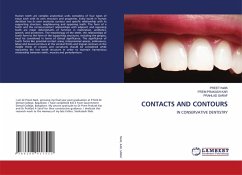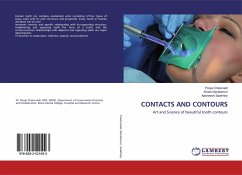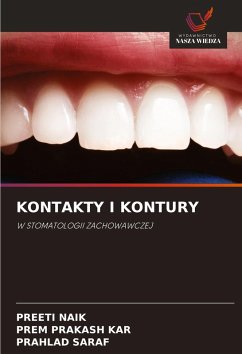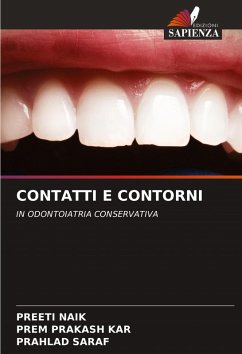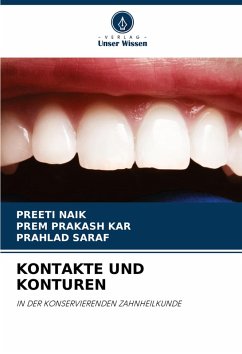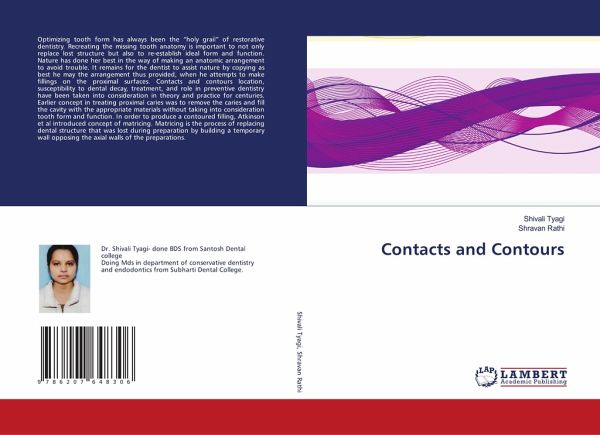
Contacts and Contours
Versandkostenfrei!
Versandfertig in 6-10 Tagen
40,99 €
inkl. MwSt.

PAYBACK Punkte
20 °P sammeln!
Optimizing tooth form has always been the "holy grail" of restorative dentistry. Recreating the missing tooth anatomy is important to not only replace lost structure but also to re-establish ideal form and function. Nature has done her best in the way of making an anatomic arrangement to avoid trouble. It remains for the dentist to assist nature by copying as best he may the arrangement thus provided, when he attempts to make fillings on the proximal surfaces. Contacts and contours location, susceptibility to dental decay, treatment, and role in preventive dentistry have been taken into consid...
Optimizing tooth form has always been the "holy grail" of restorative dentistry. Recreating the missing tooth anatomy is important to not only replace lost structure but also to re-establish ideal form and function. Nature has done her best in the way of making an anatomic arrangement to avoid trouble. It remains for the dentist to assist nature by copying as best he may the arrangement thus provided, when he attempts to make fillings on the proximal surfaces. Contacts and contours location, susceptibility to dental decay, treatment, and role in preventive dentistry have been taken into consideration in theory and practice for centuries. Earlier concept in treating proximal caries was to remove the caries and fill the cavity with the appropriate materials without taking into consideration tooth form and function. In order to produce a contoured filling, Atkinson et al introduced concept of matricing. Matricing is the process of replacing dental structure that was lost during preparation by building a temporary wall opposing the axial walls of the preparations.




